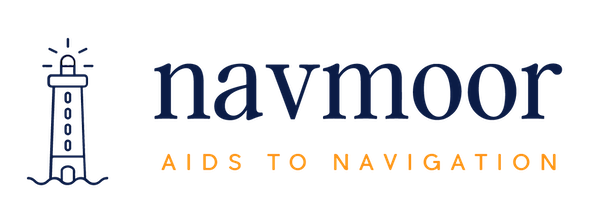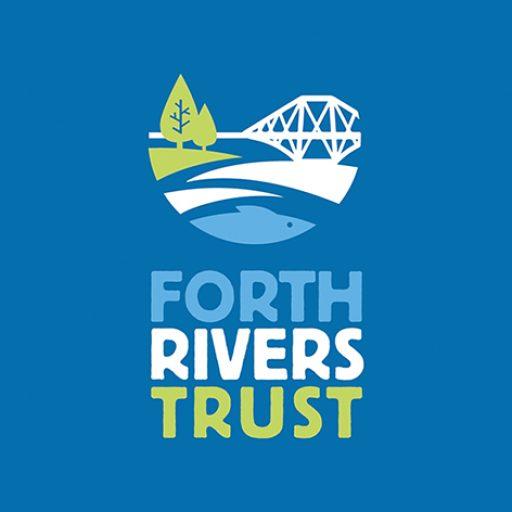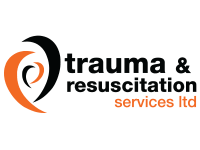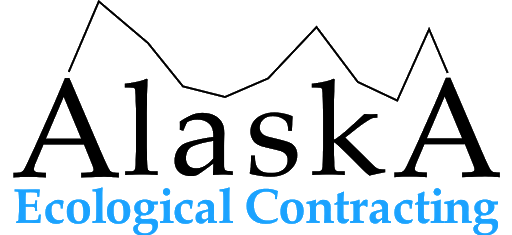Getting into paddle boarding
Paddle boarding, also known as stand-up paddleboarding (SUP), is a fun and exhilarating activity that has become increasingly popular in recent years. It involves standing on a board and using a paddle to propel yourself through the water. The sport can be enjoyed on lakes, rivers, and even in the ocean. In this article, we'll explore the history of paddle boarding, the benefits of the activity, and how to get started.
The history of paddle boarding can be traced back to ancient Polynesian cultures, where it was a means of transportation and a way to catch fish. In the 1940s and 1950s, surfers in Hawaii started using paddles to navigate the waters and catch waves. This led to the development of the modern-day paddle board, which is wider and more stable than a traditional surfboard.
Today, paddle boarding is a popular activity for people of all ages and fitness levels. One of the main benefits of paddle boarding is its low impact on the body. Unlike other sports like running or basketball, paddle boarding is easy on the joints and doesn't require a lot of physical exertion. It's also a great way to enjoy the outdoors and get some fresh air.
Paddle boarding is a full-body workout that engages your core, arms, and legs. Balancing on the board requires constant core engagement, while paddling works your arms and shoulders. Your legs are also engaged as you maintain your balance on the board. As a result, paddle boarding is a great way to build strength and improve your overall fitness.
In addition to the physical benefits, paddle boarding also provides mental health benefits. Being out on the water can be a relaxing and meditative experience. It's a great way to de-stress and connect with nature. Many people also find paddle boarding to be a social activity, as it can be enjoyed with friends or family.
Getting started with paddle boarding is relatively easy. The first step is to find a board that's right for you. There are many different types of paddle boards available, from inflatable boards to rigid boards made from materials like fiberglass or epoxy. Your choice will depend on your experience level, where you plan to paddle, and your budget.
Once you have a board, you'll need a paddle and some safety equipment. A paddle should be the right length for your height, with a comfortable grip and a blade that's the right size for your needs. Safety equipment may include a personal flotation device (PFD), a leash to keep you connected to your board, and a whistle to signal for help if needed.
Before heading out on the water, it's important to learn the proper technique for paddle boarding. This includes standing up on the board, paddling efficiently, and turning. Many local outfitters or paddle board rental shops offer lessons for beginners. These lessons can be helpful in learning the basics and gaining confidence on the water.
When you're ready to paddle, it's important to choose the right location. Beginners should start in calm, shallow waters with minimal boat traffic. Lakes or calm bays are good options. As you gain experience, you can progress to more challenging conditions like ocean waves or fast-moving rivers.
One of the great things about paddle boarding is that it can be enjoyed in a variety of ways. Some people prefer to paddle for exercise or relaxation, while others enjoy exploring new places or even racing. There are also many different types of paddle boarding, including yoga paddle boarding, which involves doing yoga poses on the board.
In summary, paddle boarding is a fun and engaging activity that provides many physical and mental health benefits. With the right equipment and technique, anyone can enjoy this sport, regardless of their experience level. Whether you're looking for a low-impact workout or a way to connect with nature, paddle boarding is great fun!















